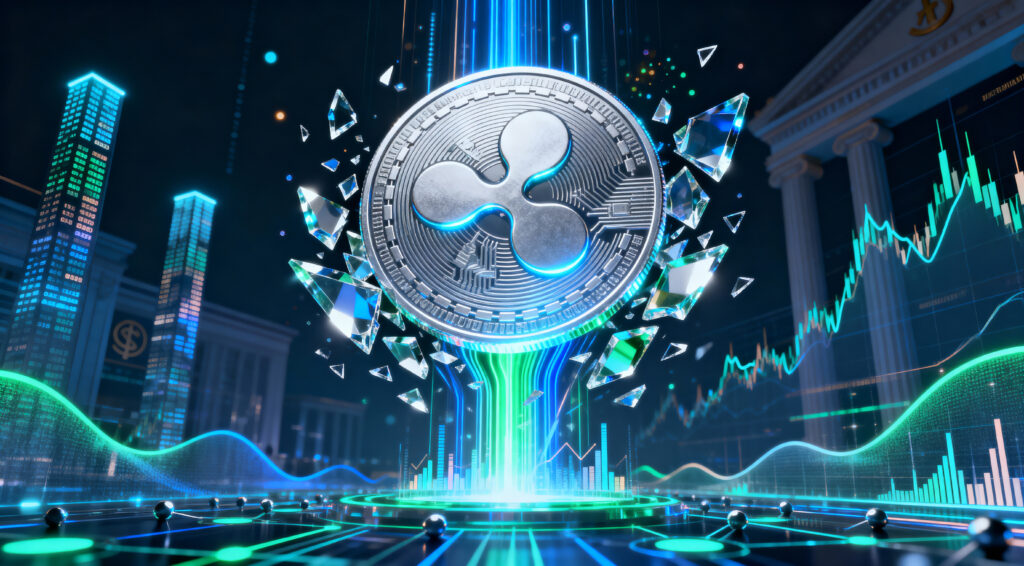There are dramatic changes taking place in the cryptocurrency market within the Indian economy, especially with the popularity of futures trading. A multitude of reasons, including the benefits associated with leverage, lower capital requirements, and taxation efficiency in comparison to traditional spots, are contributing towards this shift. With this new dynamic in the market, this article focuses on the reasons behind the acceleration in futures trading alongside the challenges and opportunities that come with it.
Spot vs. Futures: The Differences
To appreciate the shift towards futures, it’s important to know the most distinguishing features of spot and futures trading. Pi42’s CEO Avinash Shekhar elucidates this difference with an example from the stock market.
In the stock market, you can either buy a share of a company, like Reliance Industries, for immediate delivery, which is known as spot trading, or you can enter a futures contract to purchase or sell that share at a previously agreed upon price at some date in the future.
All global markets, traditional or crypto, have a common advantage that allows a trader to go long and short, which means they can profit from an upswing and downswing in prices. Spot markets usually do not allow shorting of an asset, unlike futures trading, which allows shorting.
Perpetual Futures: A Crypto Innovation
Perpetual futures, a new type of futures contract, are now available because of the cryptocurrency industry. In contrast to traditional futures contracts, which have a set expiration date, perpetual futures do not. In fact, they can remain open indefinitely. Positions can be held indefinitely, just like in spot trading, but perpetual contracts also allow for leverage and the ability to go both long and short.
The Rise of Crypto Futures: Maturing Markets and Tax Efficiency
Shekhar attests to two major reasons attracting traders to crypto futures in India and around the world.
- Market Maturity: The growth of a country’s financial markets usually results in an increased trading of derivatives, and these include options and futures contracts. This is the case in the stock market, where there is a notable growth in derivatives trading in India and around the globe. The increase in trading of futures in the crypto segment reflects the coming of age of the market and the presence of professional traders.
- Tax Efficiency: The taxation system in India has given an advantage towards engaging in futures trading. Spot trading incurs taxes like TDS (tax deducted at source) with every transaction, plus a flat 30% tax on accruals. This led to some traders turning to the futures market as a more tax-efficient way to gain exposure to the crypto market.
- Leverage and Capital Efficiency: Futures trading has the additional benefit of attracting traders. This is further enhanced by leverage, which provides larger opportunities for capital efficiency. Traders are able to take larger positions with less capital, which would increase profits as well as losses. For example, leverage can range from a mere 1x, which is basically the same as spot trading, to levels of 75x. If profits can increase with the level of leverage, so too can the risk of losing. This makes managing money crucial.
- Trader Participation: The crypto market is mostly dominated by retail participants. Although, there is an emerging group of professional retail traders who rely on bots and analyze the trades they make. Compared to other markets, institutional participation in India, although growing, is slower due to the lack of clarity with the regulations.
The Evolution of Crypto Trading: Options and Hedging
The primary focus of the source material also mentions the possible later inclusion of options trading in the world of crypto. Like futures, options grant traders some degree of flexibility for managing risk and developing more intricate plans; they serve both speculative functions and functions that mitigate potential risk.
Final Thoughts: An Active Market with Developing Tactics
The Indian cryptocurrency ecosystem is transforming with the introduction of futures trading, which is gaining significance. Market maturation, fiscal efficiency, and the presence of trading leverage periphery are accelerating this shift. The need for strong risk management frameworks in leveraged trading, however, remains critical. The future of crypto trading in India will most probably involve a greater diversity and sophistication of instruments and tactics designed to meet changing participant demands, as well as varying levels of risk tolerance.















